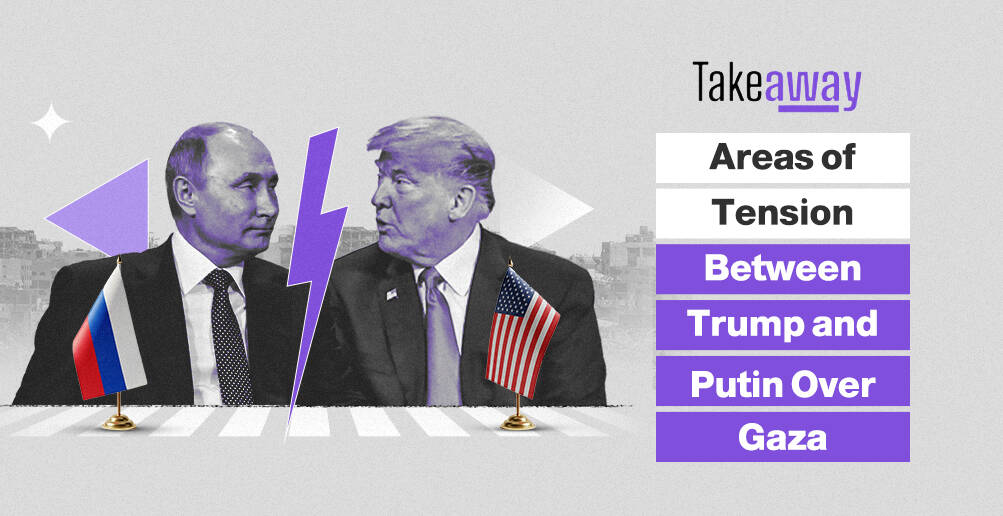How Does China Penetrate the Middle East via Internet Cables?

China is expanding its ambitions to challenge the United States in the digital domain, building a network of undersea Internet cables that will connect Asia, the Middle East, and Europe and rival a similar project backed by Washington.
It inaugurated a $500 million initiative, as reported by Reuters last week, as part of China’s broader effort to create a digital Silk Road, a counterpart to its Belt and Road Initiative that has increased its influence in global trade.
By laying Internet cables across continents and oceans, Beijing hopes to gain an edge in the global economy and potentially secure a strategic advantage in case of conflict.
The project underscores the growing competition between China and the United States over Internet infrastructure, which has been dominated by American companies for decades.
In recent years, the two countries have clashed over issues such as cybersecurity, data privacy, and the role of Chinese technology firms like Huawei and TikTok.
New Player
The $500 million undersea Internet cable currently under development will link Hong Kong, Singapore, Pakistan, Saudi Arabia, Egypt, and France, according to four people with direct knowledge of the plan who spoke to Reuters on the condition of anonymity because they were not authorized to discuss it publicly.
The cable, known as EMA, is part of China’s digital Silk Road initiative, which aims to expand its influence in the global economy and the digital domain.
The cable will be built by China’s three state-owned telecom companies and HMN Technologies Co Ltd, a cable manufacturer.
The Chinese Foreign Ministry did not comment directly on the cable project but said in a statement to Reuters that it “has always encouraged Chinese enterprises to carry out foreign investment and cooperation.”
The project will compete with a similar US-backed cable network called SEA-ME-WE-6, which stands for Southeast Asia, Middle East, and Western Europe-6.
That cable, being built by SubCom, a U.S. company, will also connect Singapore to France via Pakistan, Saudi Arabia, Egypt, and six other countries.
SubCom declined to comment on the rival cable project. The Justice Department, which oversees a task force to protect U.S. telecommunications networks from espionage and cyberattacks, also declined to comment.
A State Department spokesman said the United States supports a free, open, and secure Internet and urged countries to “fully excluding untrustworthy vendors” from wireless networks, terrestrial and submarine cables, satellites, cloud services, and data centers.
The U.S. State Department spokesman did not name any specific Chinese companies or officials, but said Washington was concerned about “the security of undersea cables and the potential for disruption or interference by malign actors.”
Additionally, the United States has accused China of using its growing influence over global Internet infrastructure to spy on data transmitted through submarine cables, the vital links that connect the digital world.
China’s Foreign Ministry rejected the allegations as “groundless” and said it opposed the U.S. “violation of established international rules” on submarine cable cooperation.
“The U.S. should stop fabricating and spreading rumors about so-called’ data surveillance activities’ and stop slandering and smearing Chinese companies,” the ministry said in a statement.
China has been expanding its presence in the submarine cable market, which carries more than 95 percent of the world’s Internet traffic, according to Bloomberg.

Cable Wars
A report by the Institute for Peace and Conflict Studies and the Leiden Asia Center in the Netherlands found that China was a landing point, owner, or supplier of 11.4 percent of submarine cables around the world as of 2019, and projected that this share would grow to 20 percent between 2025 and 20304
Submarine cables are seen as a strategic asset in the digital age, as they carry sensitive information ranging from military communications to financial transactions.
The United States has long dominated this sector, but China is catching up with its ambitious Belt and Road Initiative, which aims to build infrastructure and trade links across Eurasia and beyond.
Submarine cables, the thin strands of fiber-optic wire that crisscross the ocean floor, are essential for the modern world. They carry more than 99 percent of the data that flows between continents, enabling everything from email and video calls to e-commerce and social media.
But these cables are also strategic assets for countries that want to expand their digital influence and power. And in recent years, China has emerged as a major player in this arena, investing billions of dollars in building and upgrading submarine cables that connect it to the rest of the world.
By 2019, China had laid about 163,000 kilometers of submarine cables, according to a report by Bloomberg, citing data from the Institute for Peace and Conflict Studies and the Leiden Asia Center in the Netherlands.
That was still far behind the United States, which had about 306,000 kilometers of cables. But China was closing the gap fast, with state-owned enterprises leading the charge.
The report estimated that China had a stake in 11.4 percent of the world’s submarine cables by 2019, either as a landing point, an owner, or a supplier.
And it projected that this share would rise to 20 percent by 2030, as China pursued its ambitious plan to create a digital Silk Road along its Belt and Road Initiative.
The United States and its allies have grown increasingly wary of China’s expanding role in the global Internet infrastructure, fearing that it could pose security risks and give Beijing an edge in cyberspace. Last year, former Secretary of State Mike Pompeo urged other countries to join forces to prevent China from sabotaging or spying on the submarine cables that link them to the Internet.
About 400 Internet cables carry around 98 percent of the world’s online data and voice traffic, according to Bloomberg.
Many of them are owned and operated by American companies, which helps maintain U.S. cyber dominance and reassure its allies. But as China builds more cables and challenges U.S. leadership in technology, the balance of power may shift in the digital domain.
A Chinese Internet cable that will reach a region near Marseille, France, by the end of this year has raised concerns about the digital infrastructure rivalry between China and the United States, according to a report by Bloomberg in March.
The cable, called the PEACE Cable, will run from China to Pakistan over land, then extend underwater for about 7,500 miles across the Horn of Africa before terminating in France.
The cable will be able to transmit large amounts of data at high speed—equivalent to 90,000 hours of Netflix videos per second—and will improve the service for Chinese companies operating in Europe and Africa.
The cable project is partly backed by Huawei, the Chinese telecommunications giant that has been banned by the United States and some of its allies on national security grounds.
Huawei is the third-largest shareholder in Hengtong Optic-Electric, which manufactures the cable. Huawei also makes the landing station equipment and underwater transportation equipment for the PEACE Cable.
Google and Facebook, which have faced restrictions from using Chinese telecommunications equipment, said they would not use the PEACE Cable because they already have enough capacity in the cables they use to provide their services to Europe and Africa.
The PEACE Cable is not the first Chinese Internet project to face scrutiny from other countries.
In 2018, Australia blocked the Solomon Islands government from completing a deal it signed with Huawei in 2016 to build a 2,500-mile submarine cable that would have connected the Solomon Islands, Papua New Guinea, and Sydney via a group of Pacific island countries.











